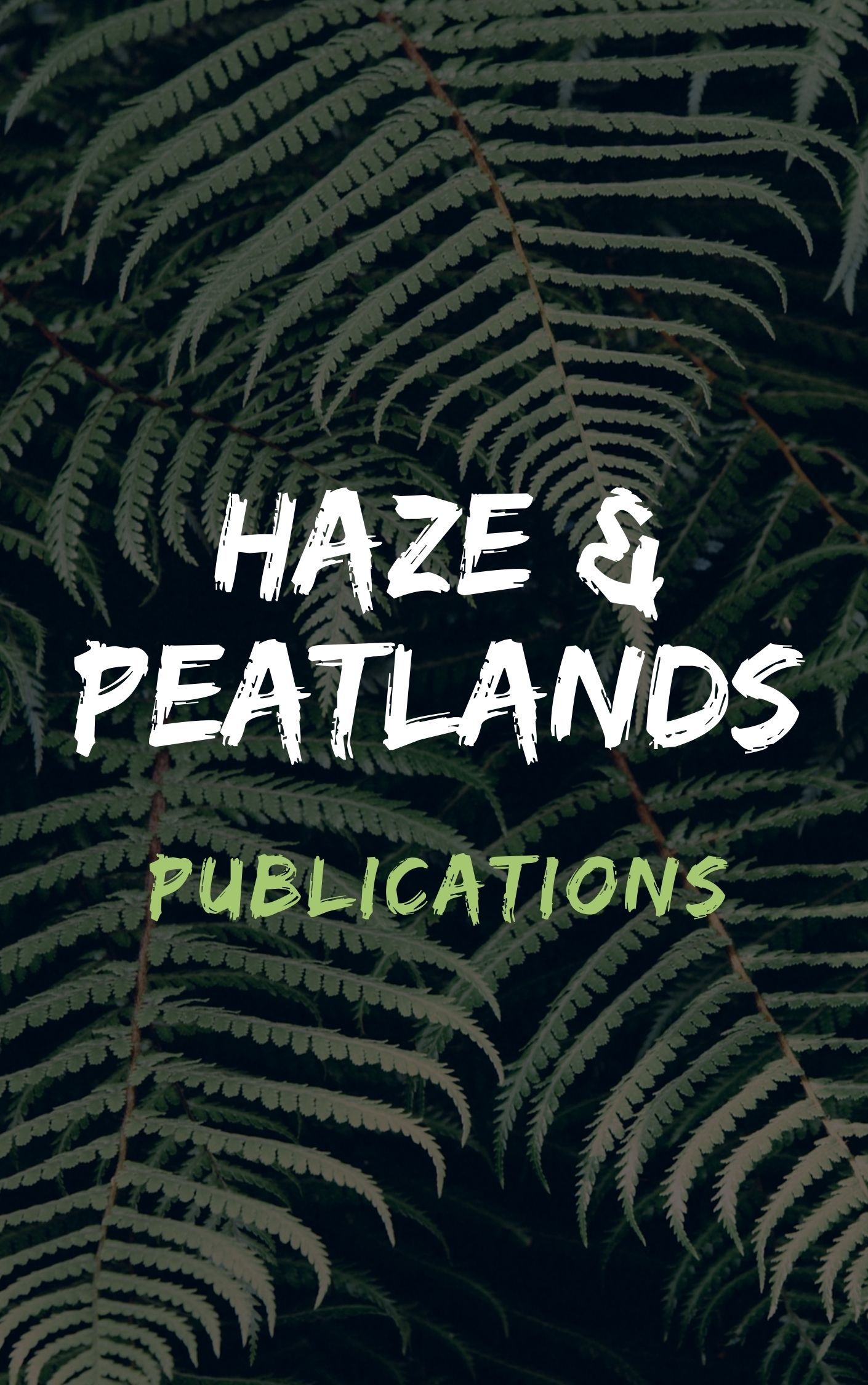Peatlands play a crucial role in the global carbon (C) cycle, making their restoration a key strategy for mitigating greenhouse gas (GHG) emissions and retaining C. This study analyses the most common restoration pathways employed in boreal and temperate peatlands, potentially applicable in tropical peat swamp forests. Our analysis focuses on the GHG emissions and C retention potential of the restoration measures. To assess the C stock change in restored (rewetted) peatlands and afforested peatlands with continuous drainage, we adopt a conceptual approach that considers short-term C capture (GHG exchange between the atmosphere and the peatland ecosystem) and long-term C sequestration in peat. The primary criterion of our conceptual model is the capacity of restoration measures to capture C and reduce GHG emissions. Our findings indicate that carbon dioxide (CO2) is the most influential part of long-term climate impact of restored peatlands, whereas moderate methane (CH4) emissions and low N2O fluxes are relatively unimportant. However, lateral losses of dissolved and particulate C in water can account up to a half of the total C stock change. Among the restored peatland types, Sphagnum paludiculture showed the highest CO2 capture, followed by shallow lakes and reed/grass paludiculture. Shallow lakeshore vegetation in restored peatlands can reduce CO2 emissions and sequester C but still emit CH4, particularly during the first 20 years after restoration. Our conceptual modelling approach reveals that over a 300-year period, under stable climate conditions, drained bog forests can lose up to 50% of initial C content. In managed (regularly harvested) and continuously drained peatland forests, C accumulation in biomass and litter input does not compensate C losses from peat. In contrast, rewetted unmanaged peatland forests are turning into a persistent C sink. The modelling results emphasized the importance of long-term C balance analysis which considers soil C accumulation, moving beyond the short-term C cycling between vegetation and the atmosphere.
View source

